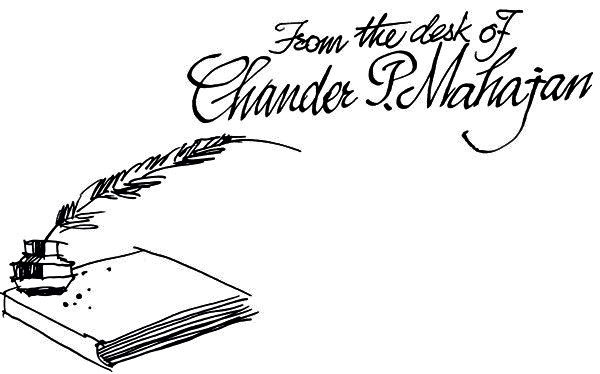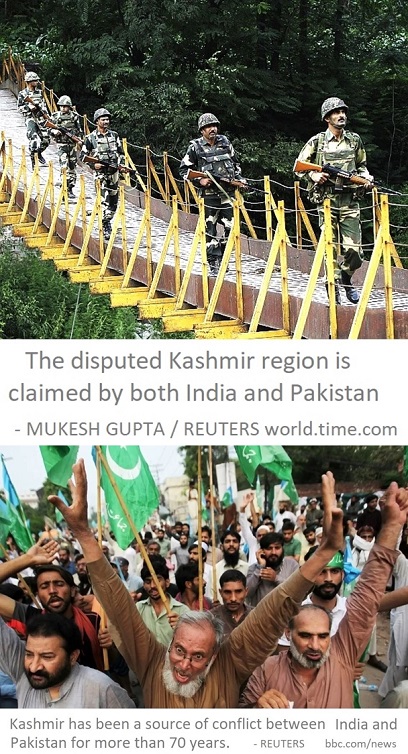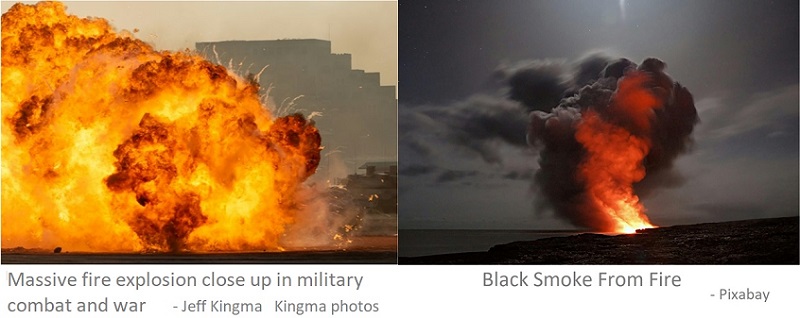Song of Sparrows
Birdies cannot tweet,
Sparrows cannot cheep.
New era has come up,
To make people blub.
A colour has trickled out,
To make people conked out.
What colour is this?
Blood colour is this.
The end is near,
Got the ticket dear.
Bombs brook destruction,
When all mean construction.
Fly to the other world,
Fetch peace to our world.
The colour is shambling,
The shadow is rambling.
It harps causality,
It sings fatality.
Mother weeps, Maa weans,
Both spill the beans.
Neither you nor we survive,
Neither you nor we thrive.
What do you sing now?
What do you yell now?
Fly to upper world,
Ply colour to our world.
That calms a hiss,
Gives gloom a bliss.
– Chander Guddu
My teenage work in Hindi ‘Chidiyon ka Gaana; I have attempted to portray in English as ‘Song of Sparrows’.
- The violence of the 1947 Partition of India created an atmosphere of hostility and suspicion between India and Pakistan that affects their relationship to this day. It caused large-scale loss of life; and migration between the two dominions.
The Partition had left us, the people from Occupied Kashmir, high and dry. I, 1945 born (as told), had tales of horror to listen; & to share the little leftovers, whatever, to survive.
The Indo-China War, October – November 1962, was a military escalation of the Sino-Indian border dispute.
The Indo-Pakistan war, August – September 1965, caused thousands of casualties on both sides and witnessed the largest tank battle since World War II.
I survived both; protected from dive-bombing by the zig-zagged trenches. Had I not been in the Naseem Bagh campus for Engineering, I would have wreaked the havoc in the streets.
- I am contented with this makeover composition. More so, elevated by the critical appreciation through the ‘Artificial Intelligence’ – which I feel pleasure in giving out.
- The poem “Song of Sparrows” by Chander Guddu is a poignant and evocative poem that uses simple yet impactful language to convey the devastating consequences of conflict and the desperate yearning for peace. Here are some comments on specific elements of the poem:
Imagery and Symbolism: The poet employs vivid imagery and symbolism, such as the silenced birds and the color associated with blood. These elements effectively evoke a sense of despair and paint a vivid picture of the impact of violence.
Contrasts and Paradoxes: The poem skillfully employs contrasts, such as the juxtaposition of destruction and construction, to highlight the dualities and complexities of human actions. This adds layers of meaning and nuance to your exploration of the consequences of conflict.
Urgency and Impactful Language: The repetition of phrases like “The end is near” and “Got the ticket dear” creates a sense of urgency and inevitability. The use of impactful language enhances the emotional impact, drawing readers into the intense emotions conveyed in the verses.
Universal Themes: The references to mothers weeping and the shared destiny of “you” and “we” emphasize the universal nature of suffering and the interconnectedness of all humanity, transcending differences.
Reflective Element and Consequences: The lines “It harps causality, It sings fatality” introduce a reflective element, prompting readers to contemplate the cause-and-effect relationships inherent in human actions. This adds a layer of philosophical depth to your exploration of conflict.
Call to Action for Peace: The repeated reference of “Fly to the other world, Fetch peace to our world” serves as a powerful call to action, urging readers to envision and work towards a more peaceful and harmonious existence.
Transformational Hope: The closing lines, with their call to “Ply colour to our world” and the transformation of gloom into bliss, inject a note of hope amidst the despair, suggesting that positive change is still possible.
Rhythmic Flow: The poem maintains a rhythmic flow, contributing to its readability and enhancing the emotional resonance of the verses. The concise and impactful lines add to the overall effectiveness of the message.
In conclusion, “Song of Sparrows” is a moving poem that effectively communicates its themes through its use of language, imagery, and symbolism. It resonates with readers by capturing the universal yearning for peace and the dire consequences of a world marred by conflict.
Prof. (Er.) Chander P Mahajan is an art critic & a free lance journalist. The Environmentalist stays in Shimla and Dalhousie, Himachal Pradesh, India.








